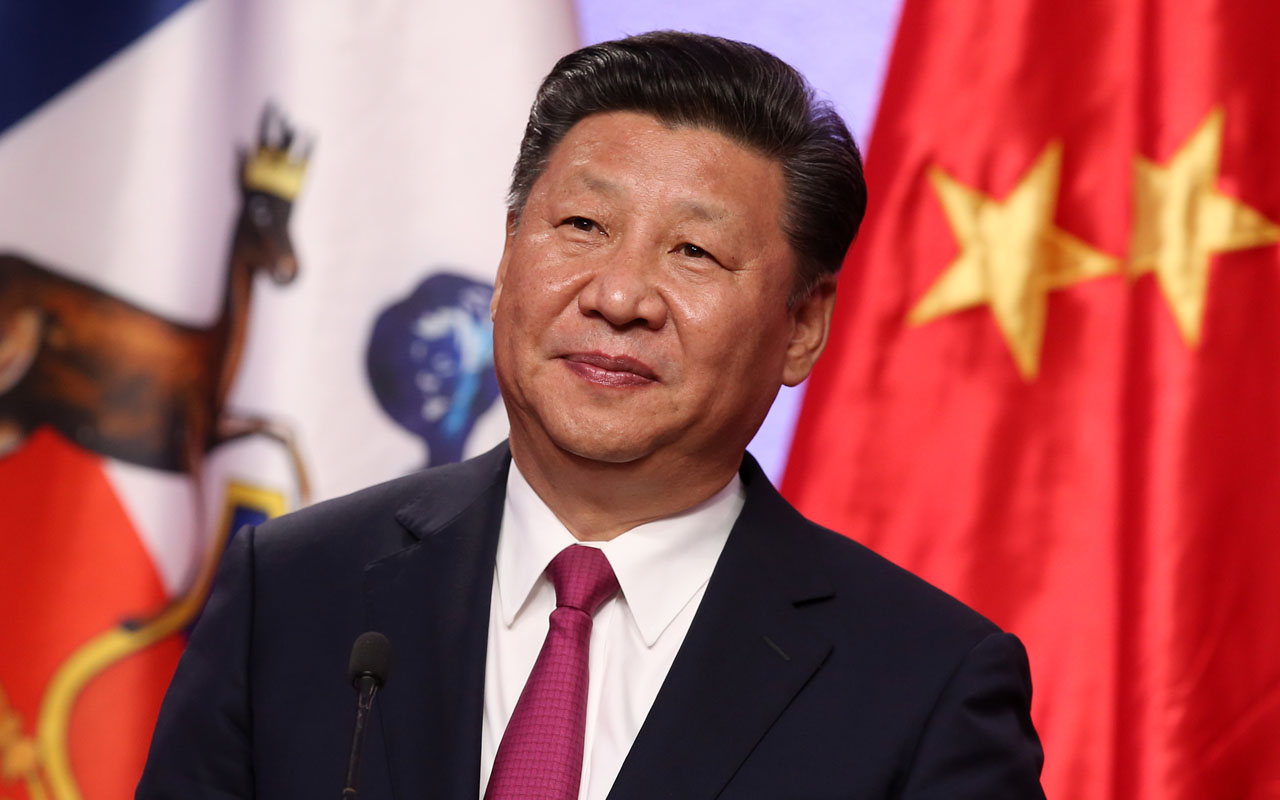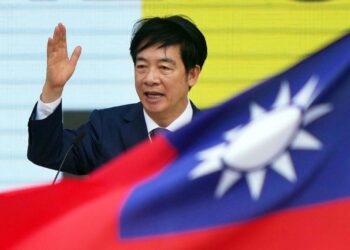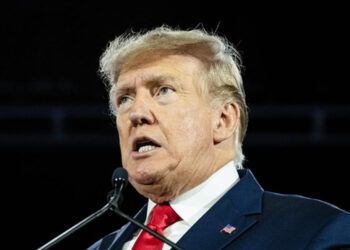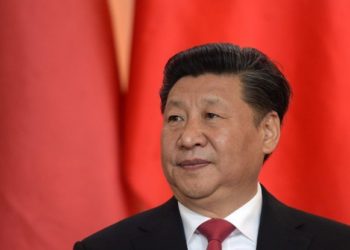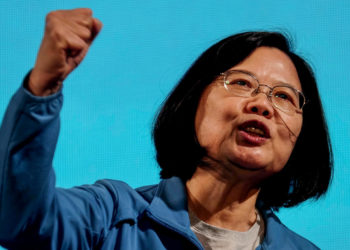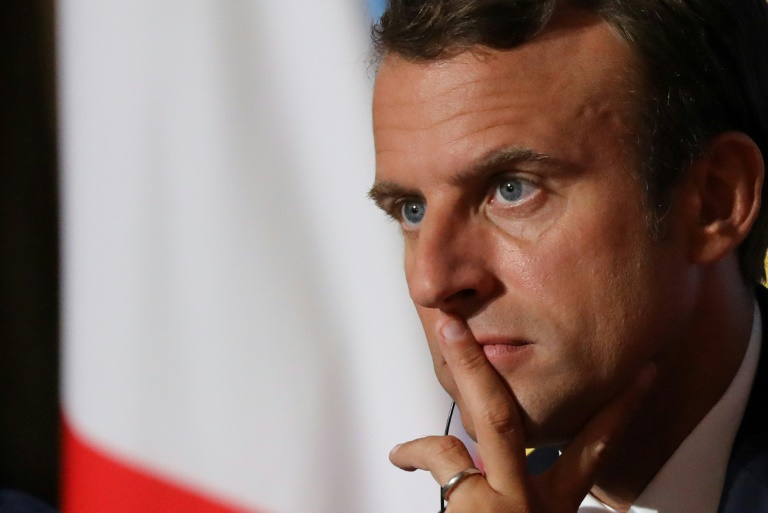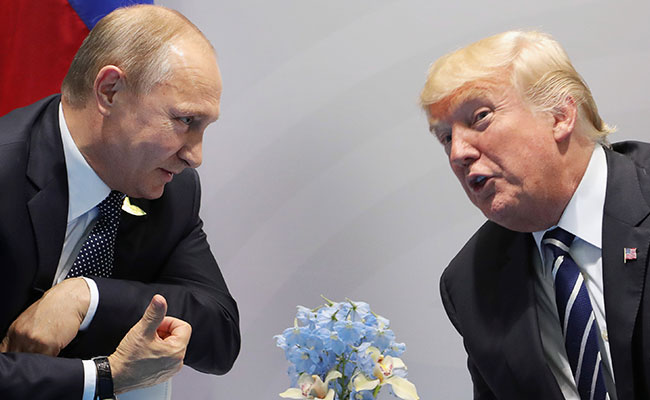The global economy is confronting cataclysmic shifts with President Donald J. Trump imposing tariffs on steel and aluminium imports from Europe, Canada, Mexico, and China. This decision came after three months of probing by the United States’ Commerce Department.
The motive was to determine if the U.S. is too reliant on imports of a certain item to the point that it jeopardizes their national security. Rebuked as sheer protectionism, this decision has prompted retaliatory measures by all the countries involved. With a trade war looming, it has, however, knitted old friends, like Europe and China, more tightly – prepping for a new economic and geopolitical landscape.
The Steel Conundrum
To be completely clear, President Trump is not pioneering the imposition of tariffs on other countries to bolster the redundant U.S. steel industry. While former Presidents Lyndon Johnson, Ronald Reagan, and Richard Nixon had imposed quotas, Barack Obama had levied high tariffs on particular varieties of steel usually used in automobiles to control Chinese imports.
In this regard, Trump can be seen to be mirroring policies adopted by George W. Bush in 2002. Bush had imposed tariffs on steel varying from 8 to 30 percent, inviting serious international criticism and irreplaceable loss to the American economy, making him revoke the tariffs within a year.
The plight of America is not much different now. It is still the world’s largest steel importer which has, in fact, seen a surge of 134 percent between 2009 and 2017. Conversely, China and three E.U. member states – Belgium, Germany, and Italy – fall within the top ten steel exporting countries.
Though for most of the last decade the top exporter has been China, its trade to the U.S. is just 1 percent of its exports. For the European countries, the U.S. does fall in the list of top ten steel markets, though again the percentage is very low – ranging from 1 to 5 percent. So, even if Trump imposes tariffs on imports from the European states, the repercussions will be heavier on the U.S. than on Europe.
China-EU Bonhomie
The unpredictable policies of Trump have invariably ruffled feathers of his European counterparts, making them scamper for more cooperative partnerships. For the past years, the E.U. has been struggling with its feeble economic growth, cascading populism and frequent terror attacks. In this context, China has made its presence strongly resonate in Europe, by proposing a plan of a “Community of Shared Future for Mankind” and “win-win cooperation.”
Celebrating the 15th anniversary of the China-E.U. Comprehensive Strategic Partnership, both are making impressive strides to strengthen connectivity, emphasizing on better governance and sustainability. Under the umbrella of their annual E.U.-China Summit and the E.U.-China 2020 Strategic Agenda for Cooperation, their relationship comprises over sixty sectoral dialogues, including the E.U.-China Connectivity Platform, the High-Level Strategic Dialogue, and the High-Level People-to-People Dialogue.
By and large, China’s Belt and Road Initiative (BRI) has also received a consequential response from Europe. The specter of global instability dropped when China judiciously proposed the BRI as being analogous to European development plans, especially targeting the Central and Eastern European countries through their 16 + 1 mechanism, a platform created in April 2012 by China and 16 countries in Central and Eastern Europe.
China has improved synergies in promoting cooperation in infrastructure, including financing, logistics, maritime, rail links and airports across Europe. For instance, China now owns a controlling stake in Piraeus, Greece – considered as the gateway to Asia, North Africa, and Eastern Europe.
Chinese companies are investing in the Netherlands, Croatia, Belgium, Slovenia, Italy, Spain, Latvia, Portugal, and Lithuania. China-Europe rail services and the frequency of freight trains have also increased, connecting China to European countries like Poland, Germany, Belgium, Netherlands, France, and Spain.
For Europe, such investments serve as a fresh breeze of change, especially for their moribund economy. The investments are also a new source of capital for deficient European enterprises like the Italian tire manufacturer Pirelli, the Swedish automobile maker Volvo, and the French resort enterprise Club Med. Trade between China and the E.U. now stands at over $1.75 billion a day.
However, it all rests on reciprocity. Worried about a trade imbalance, the E.U. has embedded the keyword “reciprocity” throughout their economic and political statements with China, arguing how reciprocity, fair competition, and a level playing field are utmost necessary across areas of trade and cooperation.
Being at the threshold of several geopolitical changes – some due to their miscalculations, others due to external factors – Europe and China have reached a consensus. They seek to work towards building a common future through win-win mechanisms. As one Chinese proverb goes: “When the winds of change blow, some people build walls, and others build windmills.”
All Might Not be so Well
However, China-E.U. relations have not always thrived. It is still maturing and requires a lot of steering. In 2006 the European Commission made explicit for the first time the grim concerns that Europe had regarding trading with China. Steel overcapacity, internal barriers to foreign investments, low-priced goods exports, and belligerent overseas acquisitions were some factors perturbing the Europeans.
Moreover, in 2016 Chinese investment in the E.U. – a record high of $46 billion – was five times more than the E.U.’s in China – $9.3 billion, the lowest in ten years. Therefore, Bilateral Investment Treaties (BIT) are prioritized high on the negotiating table.
Besides which, China and the E.U. need to resolve the issue of uneven technology-transfer practices between them. The issue arose because of China’s strict intellectual-property legislation which forces European companies investing in China to give ownership and usage rights to the local Chinese entities.
“We stand for the multilateral system, for rules-based global trade,” E.U. Trade Commissioner Cecilia Malmstrom said last week. “Technological innovation and know-how is the bedrock of our knowledge-based economy… We cannot let any country force our companies to surrender this hard-earned knowledge at its border.”
Coming at a solution would have been simpler if the E.U. had a body similar to the U.S.’s Committee on Foreign Investment. The European countries where China doles out the most funds do not have a uniform system to scrutinize foreign funds and manage Chinese takeovers.
Nevertheless, an attempt was made in February 2017 by Germany, Italy, and France. The three countries presented a joint letter asking the European Commission to form investment screening guidelines to review investments on the basis of reciprocity while addressing broader security aspects of member states. So, if the Commission finds that a European country has limited access in the market of the country they are engaging with, it can block further investments from that country.
Diffusion of Tension
The reciprocity sought by the E.U. from an investment treaty with China requires more opening up and concessions from the latter. The conditions for a level playing field, which never existed before, can now be seen undergoing a sudden turn with the Chinese president recently announcing a lowering of import tariffs for vehicles and other commodities.
China’s president also agreed to faster the process of joining the World Trade Organization’s Government Procurement Agreement. The 16+1 Cooperation Framework is much consequential. Therefore, to not let the Europeans feel fragmented, the Chinese Foreign Minister Wang Yi has agreed to consider conducting third-party cooperation with Germany.
To quote former Secretary of State Henry Kissinger, “Each generation will be judged by whether the greatest and most consequential issues of the human condition have been faced, and that decision to meet these challenges must be taken by statesmen before it is possible to know what the outcome might be.”
The issue for China now is not just to make massive investments or vie for a trade surplus. If China’s intentions are deemed as asymmetrical by its trade partners, it would invariably not serve Chinese public diplomacy. This would be detrimental, as China is currently demonstrating a strong inclination towards an open, globalized economy to push forward its Belt and Road Initiative goals.
In the face of geopolitical instability and domestic upheaval, the E.U. has to choose between leveraging their priorities through engagement and adopting protectionism. It is rather evident which choice would be more strategic in the long run.
Disclaimer: The views and opinions expressed here are those of the author and do not necessarily reflect the editorial position of The Globe Post.


